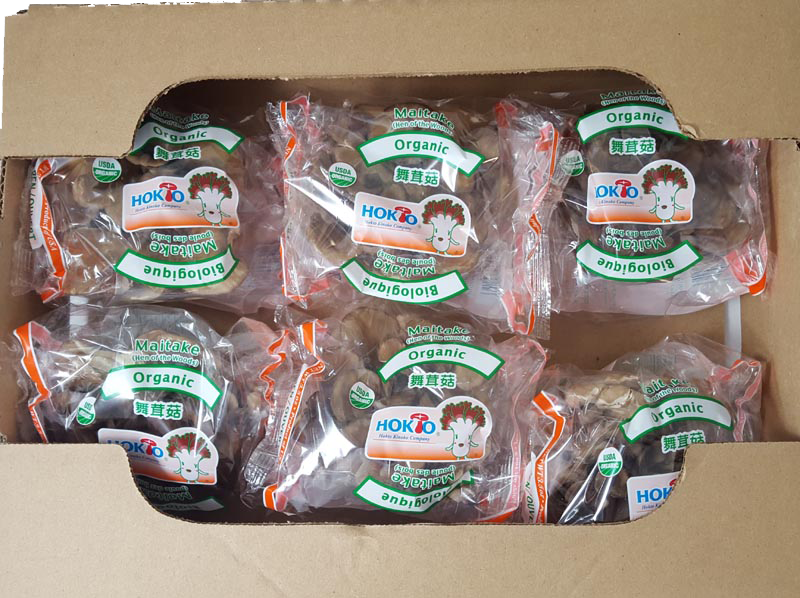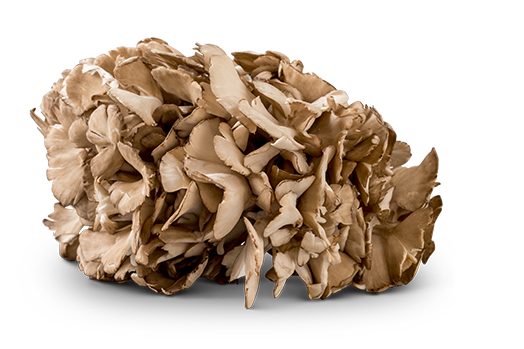
Maitake Mushrooms
The wild, rippling appearance of the maitake mushroom is often met with a head scratch. Yes, these mushrooms are edible, and yes, they are delicious. Maitakes have a distinctive aroma and a rich, woodsy flavor that becomes more intense when cooked. Its gray-brown, feather-like caps cluster around a central stem. It’s this unique appearance that has earned maitakes the nickname, hen of the woods.
The maitake mushroom has been strongly associated with the culinary scene in Japan and China, even though it remains a native variety in Europe and North America. In fact, the maitake is one of the more commonly used mushrooms in the world.
Although Japanese culture refers to it as the maitake, Europeans, and Americans sometimes call it the hen of the woods. Other lesser-used names include sheep head or king of the mushrooms, due to its ability to grow upwards of 100 pounds.
Maitake mushrooms can be kept in your refrigerator in the original packaging. Once the package is opened the remaining mushrooms should be placed in a brown paper bag. This variety tends to hold up better in plastic materials than many other varieties.
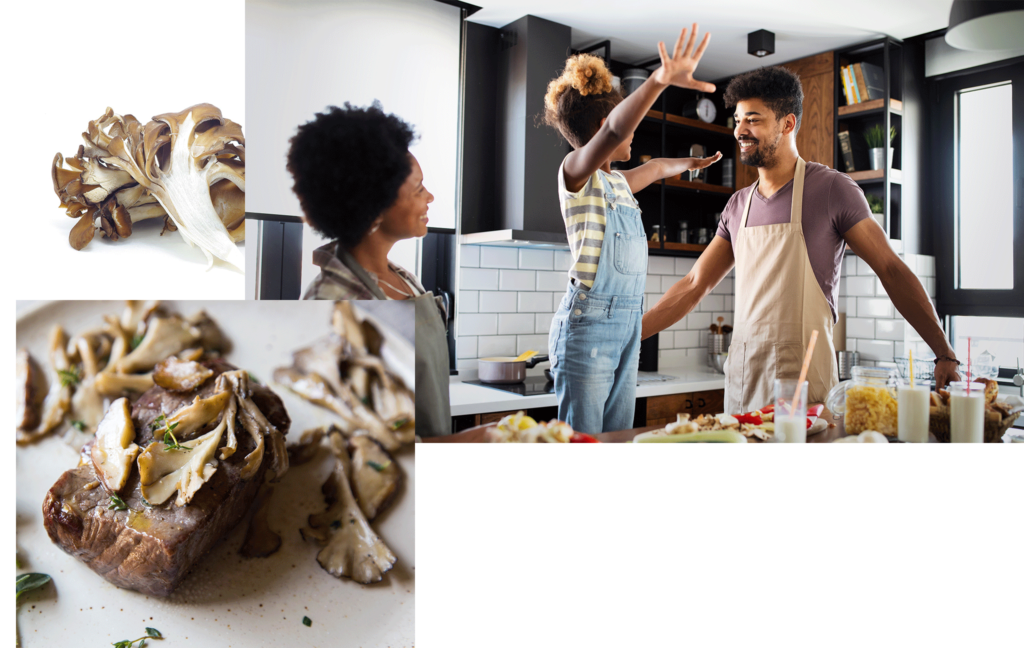
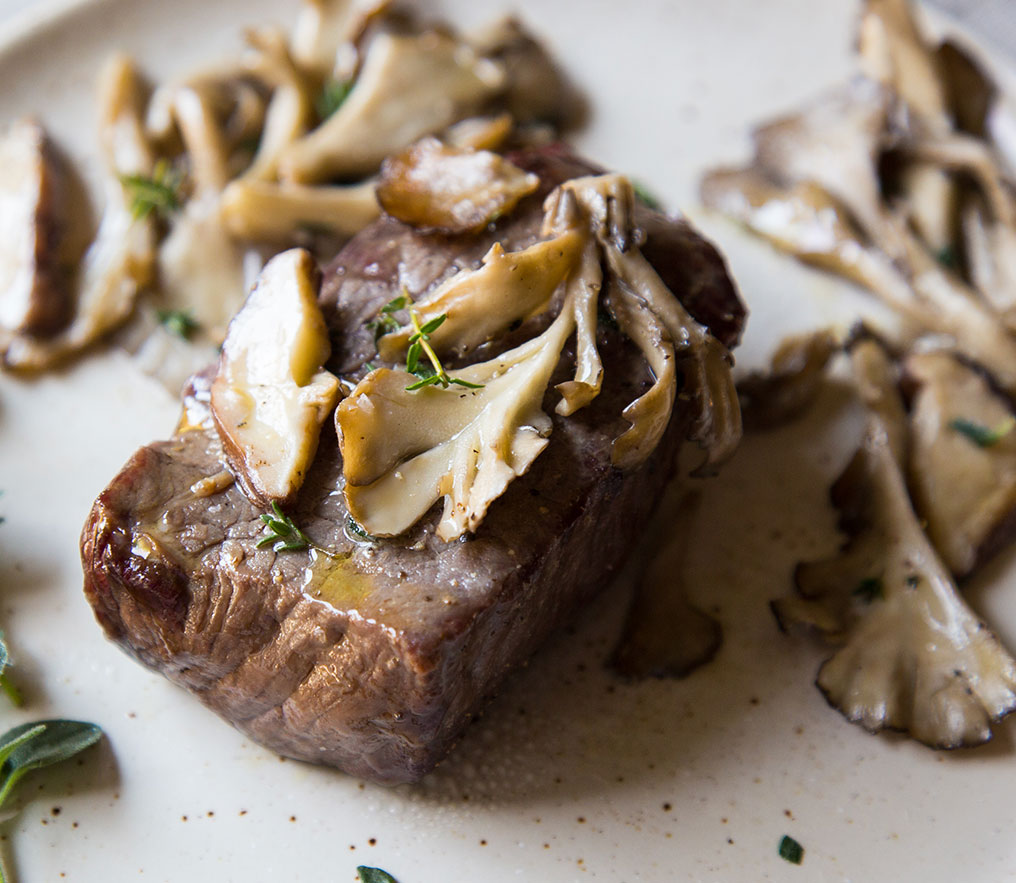
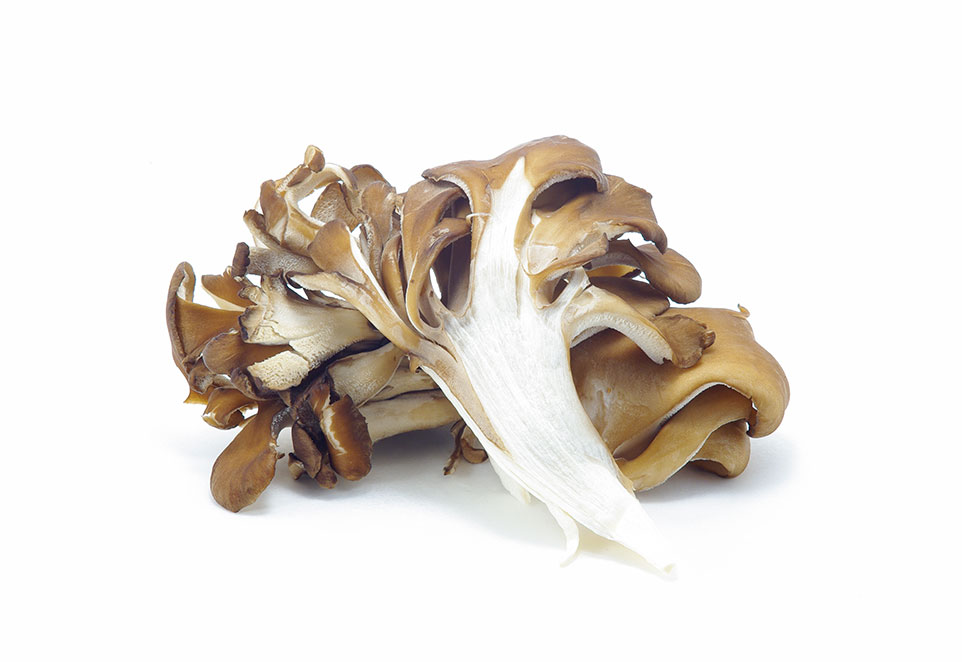

The Benefits
of Maitake Mushrooms
The maitake mushroom ranks high among healthy, low-calorie foods, vital to a well-balanced diet.
Maitake Mushroom Nutritional Profile
This feathery-looking mushroom is more than a natural wonder. One (100 g) serving of maitake mushrooms delivers:
- 31 Calories
- 7 Grams of Carbohydrates
- 2 Grams of Protein
- 2.7 Grams of Dietary Fiber
- 1.7 Grams of Fat
- 1,123 IU of Vitamin D
- 0 Milligrams Cholesterol
- 1 Milligrams Sodium
- 2.1 Grams of Sugar
- Gluten-Free
One serving (100 grams, diced) of maitake mushrooms offers a full day’s recommended allowance of vitamin D (140%) and is a source of copper (27%) and niacin (44%).
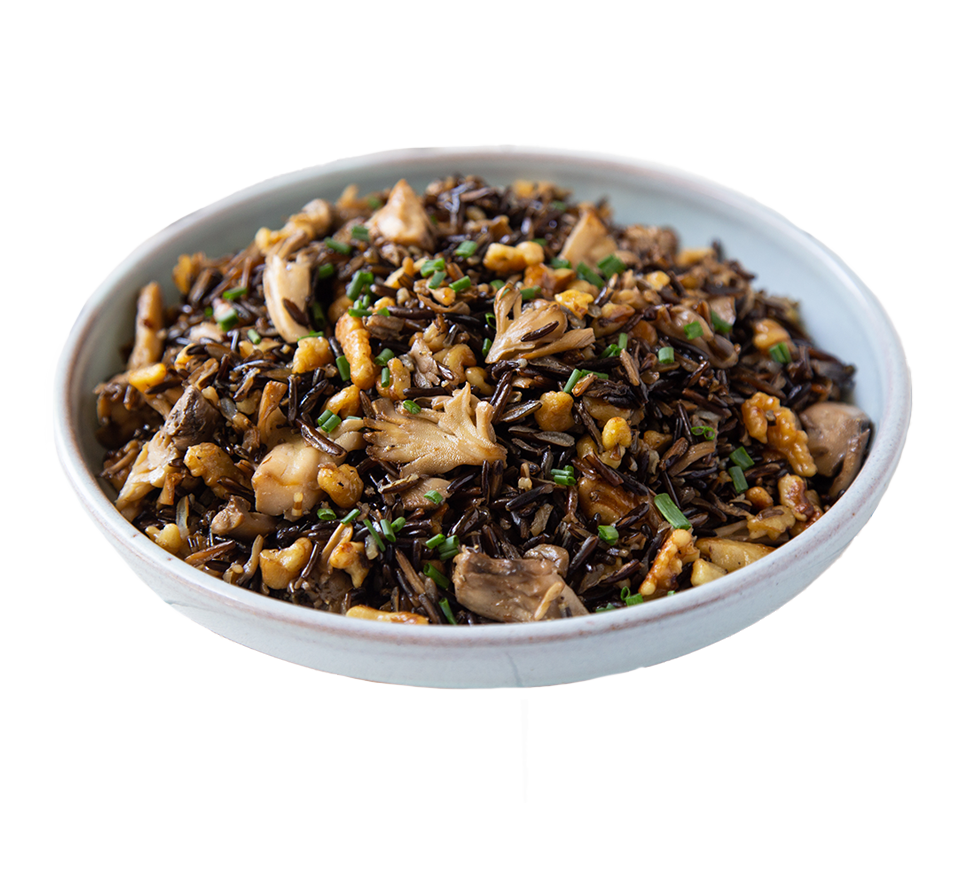
Culinary
Applications
While this mushroom might look intimidating, its usage is simple – add it to any food you would normally add mushrooms. Stir-fry, pasta, pizza, and soup can all benefit from the umami flavor maitake mushrooms bring to the table.
There are many uses for maitake mushrooms in everyday meals. Try them:
- Cooked over soba noodles
- Sautéed in butter and served over chicken, seafood or steak
- Roasted and added to pasta or pizza
- Grilled and served alongside chicken
- Battered and deep fried
- Marinated, sautéed and served over wild rice
Since maitake mushrooms grow very close together in a cluster, the base of the stem can become thick and woody. Before cooking, trim the base of the stem and gently pull the mushrooms apart.


